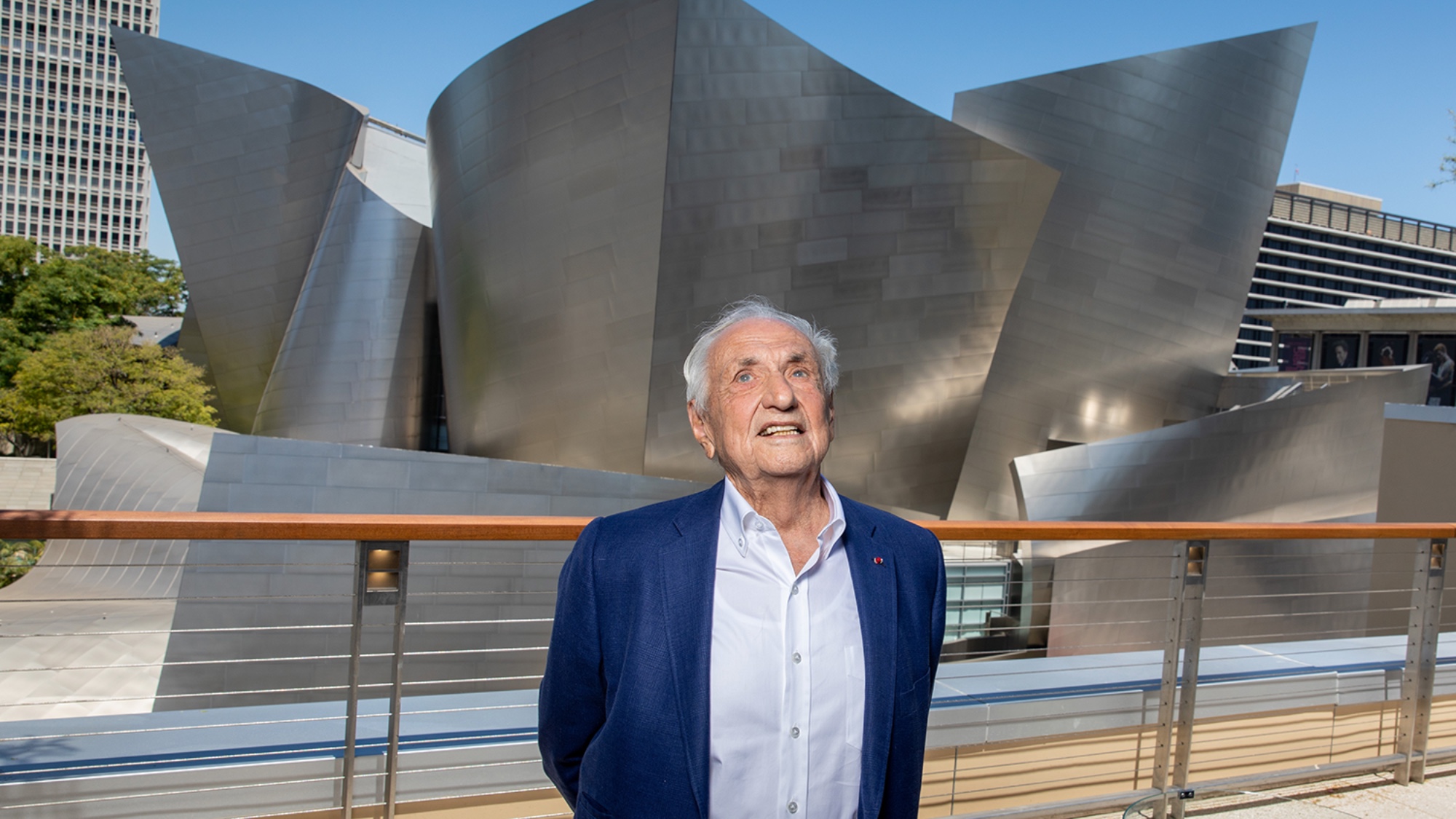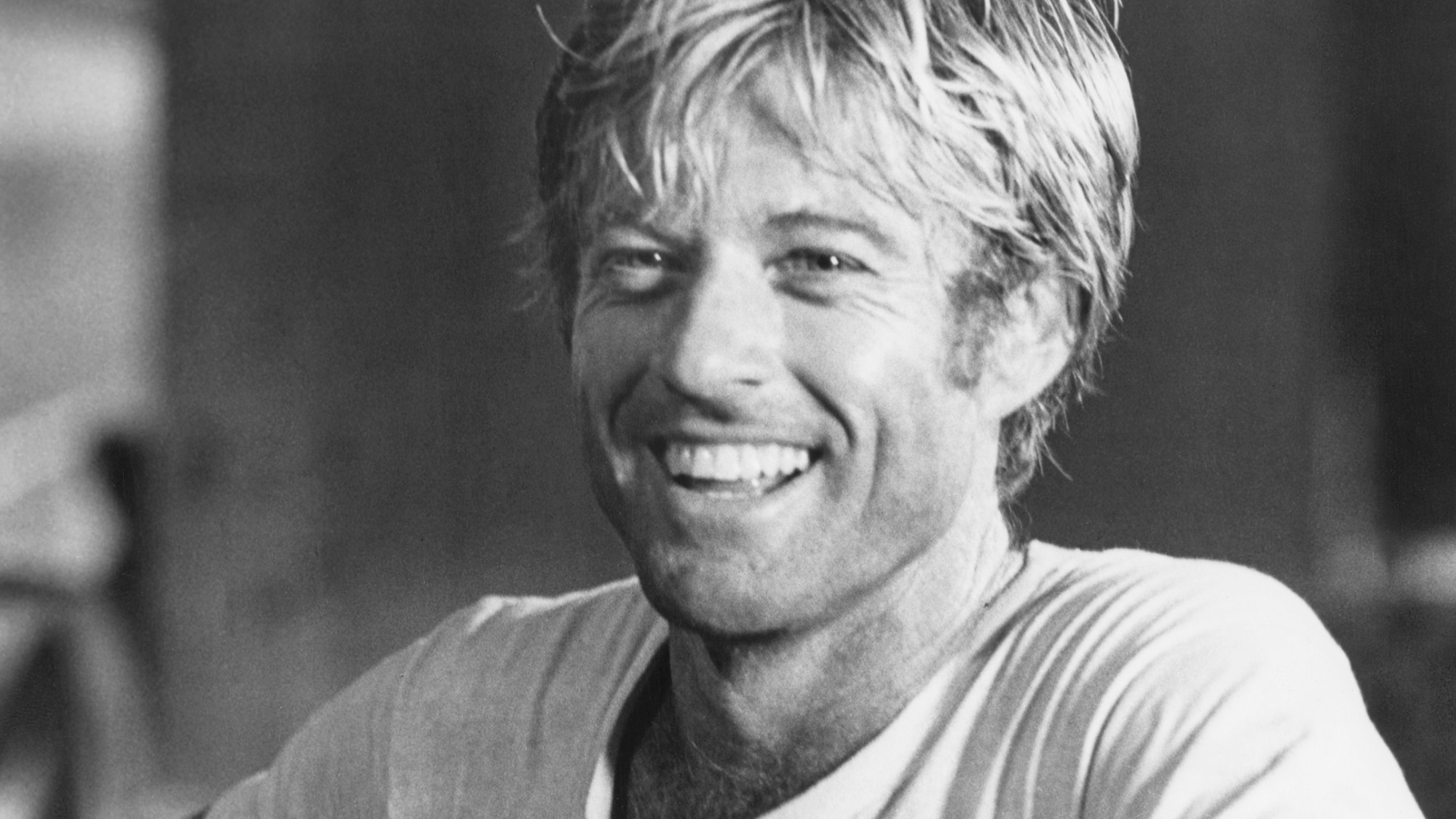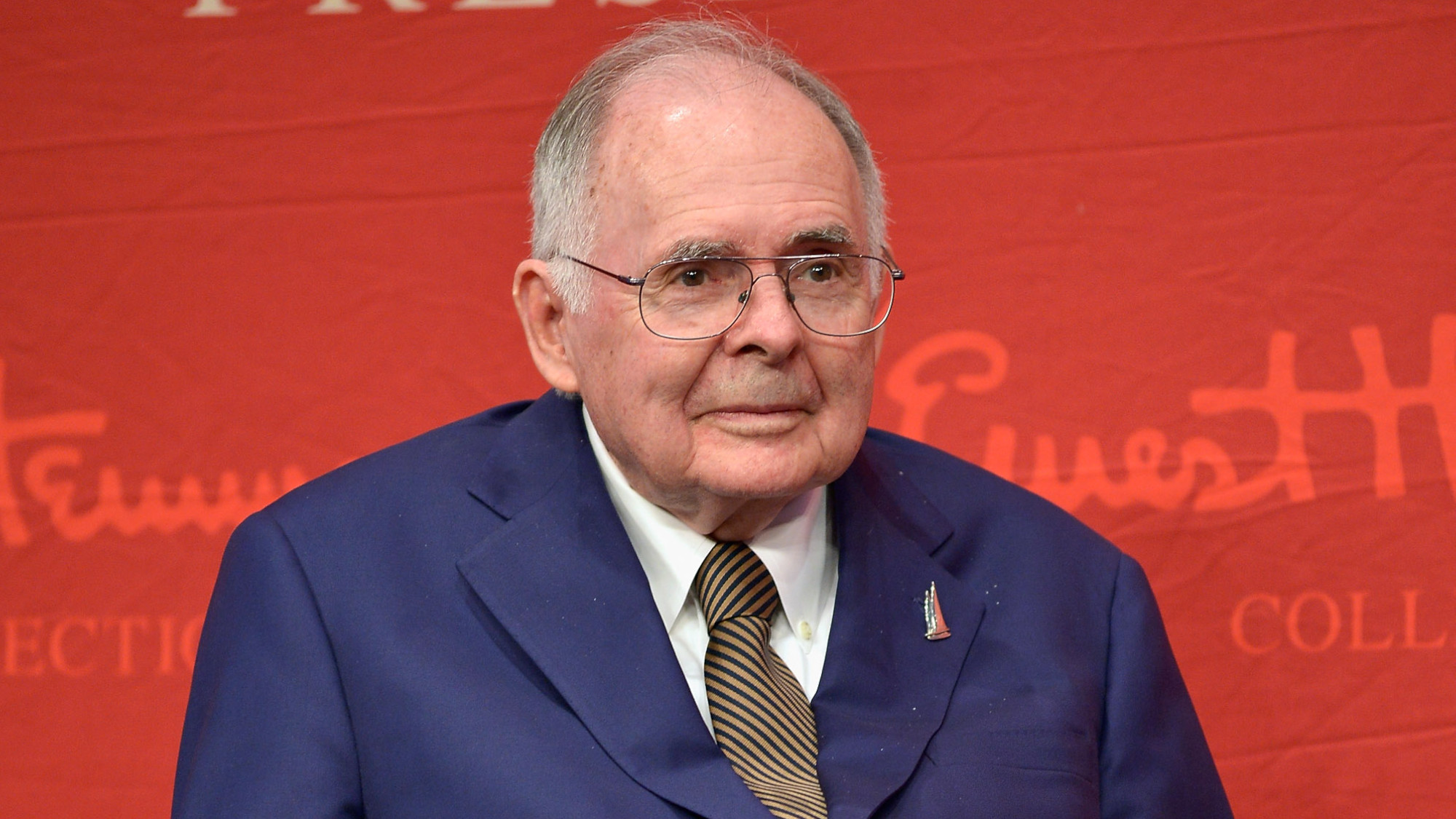Konrad Dannenberg
The German V-2 rocketeer who later worked for NASA
The German V-2 rocketeer who later worked for NASA
Konrad Dannenberg
1912–2009
The Week
Escape your echo chamber. Get the facts behind the news, plus analysis from multiple perspectives.

Sign up for The Week's Free Newsletters
From our morning news briefing to a weekly Good News Newsletter, get the best of The Week delivered directly to your inbox.
From our morning news briefing to a weekly Good News Newsletter, get the best of The Week delivered directly to your inbox.
During World War II, Konrad Dannenberg helped design the engines of the German V-2 rockets that rained death on London, Antwerp, and other cities. Later, he helped build the rockets that put U.S. astronauts into orbit and onto the moon. One of the last of the 118 German engineers who came to the U.S. with Nazi rocket wizard Werner von Braun at war’s end, Dannenberg died last week at 96.
“Dannenberg studied mechanical engineering at Hanover University,” said the London Independent, “but when the Second World War broke out he was called up for service in the army.” Soon he transferred to the budding German rocket program, headquartered in the remote Baltic fishing village of Peenemünde. There, he worked on Vergeltungswaffe-2 (“Vengeance Weapon-2”), the first missile to reach outer space, which it did on Oct. 3, 1942. “This unforgettable sight is still the highlight of my career,” Dannenberg remarked years later. But the achievement came at a terrible price. “Perhaps as many as 20,000 prisoners died producing the deadly weapons,” to say nothing of those who were killed in German bombing raids. Dannenberg was held by the British “as a potential war criminal.” But late in 1945, with von Braun and his compatriots, “he was whisked off to the U.S. as part of the secret Operation Paperclip,” to pioneer the American space effort.
In the ensuing decades, Dannenberg was instrumental in designing engines for the Redstone and Jupiter rockets, as well as the Saturn V rockets that carried the Apollo astronauts, said the Los Angeles Times. “We didn’t want to fall into the hands of the Russians,” he recalled. “We had had enough of a totalitarian society. We generally felt better about America.” He also championed NASA: “We wouldn’t be involved anymore in producing rockets that could kill people. We could aim at the peaceful exploration of space.” But as details of Operation Paperclip became known, Dannenberg and his fellow engineers came under scrutiny for their wartime activities. At least one book claimed he had joined the Nazi party in 1932. Indeed, he never expressed remorse for his early rocket work, arguing that he had engaged in
science, not atrocities.
A free daily email with the biggest news stories of the day – and the best features from TheWeek.com
Dannenberg received NASA’s Distinguished Service Medal and, well into his 90s, continued to advocate space exploration, including the conquest of Mars. In retirement, he sometimes visited the U.S. Space and Rocket Center in Huntsville, Ala., where he would sit atop a restored Saturn V and reminisce about the early days of the space race. “We built a chariot for astronauts to go to the moon,” he said, “and I’m glad to be a part of it.”
-
 A luxury walking tour in Western Australia
A luxury walking tour in Western AustraliaThe Week Recommends Walk through an ‘ancient forest’ and listen to the ‘gentle hushing’ of the upper canopy
-
 What Nick Fuentes and the Groypers want
What Nick Fuentes and the Groypers wantThe Explainer White supremacism has a new face in the US: a clean-cut 27-year-old with a vast social media following
-
 5 highly amusing cartoons about rising health insurance premiums
5 highly amusing cartoons about rising health insurance premiumsCartoon Artists take on the ACA, Christmas road hazards, and more
-
 Joanna Trollope: novelist who had a No. 1 bestseller with The Rector’s Wife
Joanna Trollope: novelist who had a No. 1 bestseller with The Rector’s WifeIn the Spotlight Trollope found fame with intelligent novels about the dramas and dilemmas of modern women
-
 Frank Gehry: the architect who made buildings flow like water
Frank Gehry: the architect who made buildings flow like waterFeature The revered building master died at the age of 96
-
 R&B singer D’Angelo
R&B singer D’AngeloFeature A reclusive visionary who transformed the genre
-
 Kiss guitarist Ace Frehley
Kiss guitarist Ace FrehleyFeature The rocker who shot fireworks from his guitar
-
 Robert Redford: the Hollywood icon who founded the Sundance Film Festival
Robert Redford: the Hollywood icon who founded the Sundance Film FestivalFeature Redford’s most lasting influence may have been as the man who ‘invigorated American independent cinema’ through Sundance
-
 Patrick Hemingway: The Hemingway son who tended to his father’s legacy
Patrick Hemingway: The Hemingway son who tended to his father’s legacyFeature He was comfortable in the shadow of his famous father, Ernest Hemingway
-
 Giorgio Armani obituary: designer revolutionised the business of fashion
Giorgio Armani obituary: designer revolutionised the business of fashionIn the Spotlight ‘King Giorgio’ came from humble beginnings to become a titan of the fashion industry and redefine 20th-century clothing
-
 Ozzy Osbourne obituary: heavy metal wildman and lovable reality TV dad
Ozzy Osbourne obituary: heavy metal wildman and lovable reality TV dadIn the Spotlight For Osbourne, metal was 'not the music of hell but rather the music of Earth, not a fantasy but a survival guide'